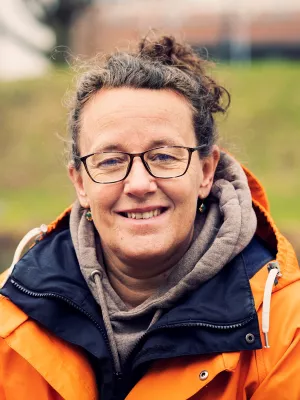Assessment of barriers and drivers for implementation of blue-green solutions in Swedish municipalities
Undersökning av barriärer och drivkrafter för implementering av blå-gröna lösningar i svenska kommuner
Författare
-
Maria Wihlborg
-
Johanna Sörensen
-
Johanna Alkan Olsson
Summary, in English
Due to increased urbanisation, and climate change, there have been calls for a more sustainable management of stormwater. Blue-green measures have been recognised as a sustainable solution and a necessary complement to pipe-bound approaches. The aim of this study is to identify barriers and drivers in the implementation of blue-green measures in a Swedish context, to increase the understanding of how they could be implemented in a more successful manner. The study is qualitative and based on semi-structured interviews. Through the lens of transition theory, barriers and drivers for blue-green measures were identified and they give an updated picture of Swedish urban stormwater management. Many factors encourage municipal actors to implement blue-green solutions, such as increased need for recreation, protection of biodiversity and climate change. Identified barriers are found within the municipal stormwater management it-self, but can also be found outside the storm water management structure, such as lack of knowledge among politicians, officials, exploiters and civilians, fragmented roles and responsibilities in general, as well as uncertainty of the effects and cost of new alternatives. The study has three main findings; Several barriers were mentioned by most of the interviewees clearly show that a wide range of changes are needed to alter the current stormwater management regime; Niche innovations are often put forward as a way to enhance socio-technical transition, but this study is that such an approach is over-simplified instead elaborated suggestions for an alteration of urban stormwater management is given, both with top-down and bottom-up perspective. For the success of blue-green solutions, educational efforts are important at different levels in the planning, building and maintenance process of blue-green solutions. Therefore, employees must have a good general knowledge of both blue and green issues as well as having contacts in the different sectors of the municipality. To conclude we argue that a transition can not only be induced by pilot projects but requires change in legal structures as well as altered financing models for blue-green solutions. Moreover, the ongoing, but slow, change should therefor probably be interpreted as a shift to a new regime, but rather an evolutionary transition where new approaches are combined with traditional, pipe-bound solutions.

